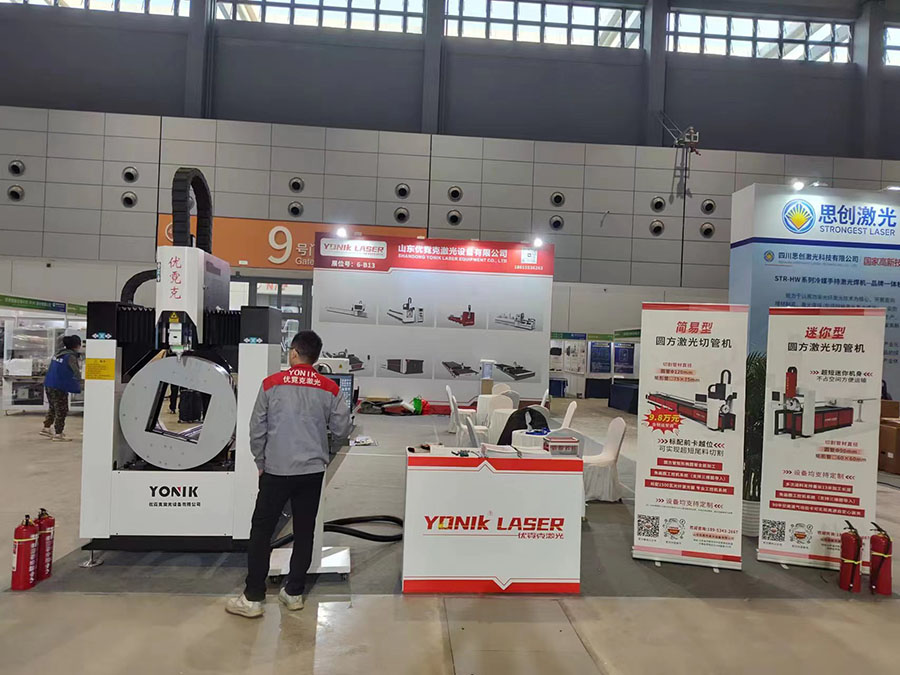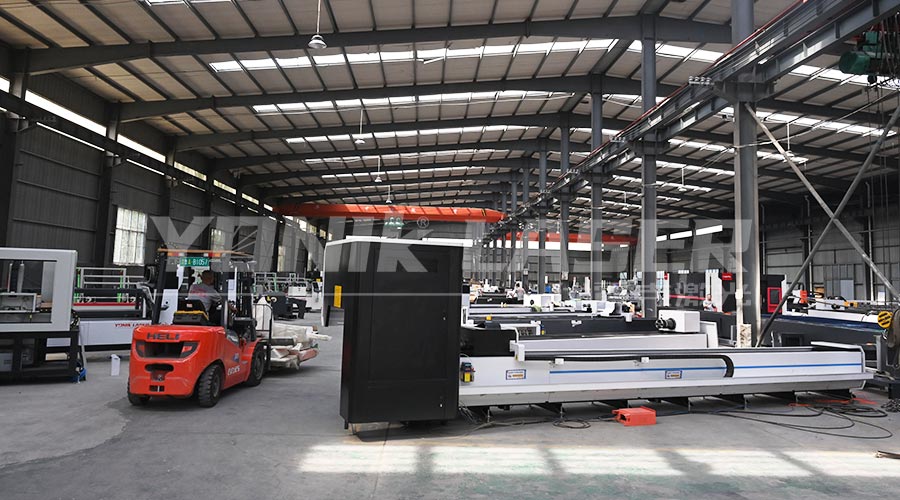As an important equipment in modern industrial manufacturing, laser cutting machines are widely used for their high efficiency and precise cutting performance. However, in actual operation, users often encounter the problem of too many burrs on the cutting edge, which not only affects the appearance quality of the product, but also may reduce its performance and reliability. This article aims to deeply explore the reasons for the burrs on the cutting edge of laser cutting machines and propose corresponding improvement measures to help users optimize the cutting effect and improve product quality.

1. Analysis of the reasons for the burrs on the cutting edge of laser cutting machines
Laser focus position deviation
The accuracy of the laser focus position is crucial to the cutting quality. If the focus position deviates, the laser energy will not be effectively concentrated on the workpiece, resulting in excessive slag and burrs on the cutting edge. If the focus position is too far or too close, it may lead to uneven energy distribution, which in turn affects the cutting accuracy and surface quality.
Laser power does not match cutting speed
Laser power and cutting speed are two key parameters in the laser cutting process. If the laser power is too high and the cutting speed is too slow, or the laser power is too low and the cutting speed is too fast, burrs may be generated on the cutting edge. The former will cause the cutting surface to overheat and produce a heat-affected zone; the latter may not be able to completely melt the material due to insufficient energy, leaving burrs.
Insufficient auxiliary gas pressure or purity
The auxiliary gas plays a role in removing slag and protecting the cutting surface from oxidation during the laser cutting process. If the auxiliary gas pressure is insufficient or the purity is insufficient, the slag generated during the cutting process cannot be effectively blown away, resulting in burrs after the slag cools.
Material properties do not match equipment
The physical properties of different materials (such as thermal conductivity, reflectivity, etc.) have an important impact on the laser cutting effect. If the equipment parameters are not adjusted according to the material properties, burrs may be generated on the cutting edge. For example, high-reflectivity materials will reflect part of the laser energy and reduce cutting efficiency; while materials with good thermal conductivity may produce a heat-affected zone due to excessive heat transfer.
Improper equipment maintenance
As a precision equipment, the laser cutting machine needs regular maintenance and care. If the equipment is not properly maintained, such as lens contamination, nozzle clogging, etc., it will affect the quality of the laser beam and the cutting effect, resulting in burrs on the cutting edge.
2. Improvement measures for laser cutting machine cutting edge burrs
Adjust the laser focus position
According to the thickness and characteristics of the cutting material, accurately adjust the laser focus position to ensure that the laser energy can be accurately concentrated on the workpiece. Through trial cutting and measurement, gradually optimize the focus position to achieve the best cutting effect.
Optimize laser power and cutting speed
According to the type and thickness of the cutting material, select the appropriate laser power and cutting speed. Through multiple trial cutting and observation of the cutting effect, gradually adjust these two parameters to achieve the best matching state to reduce the burrs on the cutting edge.
Increase the pressure and purity of auxiliary gas
Select high-quality auxiliary gas and ensure that its pressure is sufficient. During the cutting process, regularly check the flow and pressure of the auxiliary gas to ensure its stable output. If the gas purity is not enough, it should be replaced with a higher purity gas in time to reduce the burrs on the cutting edge.
Adjust equipment parameters according to material characteristics
Adjust the cutting parameters of the equipment according to the physical properties of different materials. For example, for materials with high reflectivity, the laser power can be appropriately increased or the cutting speed can be reduced; for materials with good thermal conductivity, the cutting path and speed can be optimized to reduce the heat-affected zone.
Strengthen equipment maintenance and care
Maintain and care the laser cutting machine regularly, including cleaning the lens, checking the nozzle, replacing aging parts, etc. Ensure that the equipment is in good working condition to improve cutting quality and efficiency. At the same time, provide professional training for operators to improve their awareness and skill level of equipment maintenance and care.
Adopt pretreatment and post-processing processes
Pre-treat the material before cutting, such as grinding and cleaning, to improve the cutting performance of the material. After cutting, deburr the cutting edge, such as polishing or using special deburring tools, to further improve product quality.

III. Summary
The problem of burrs on the cutting edge of the laser cutting machine is a complex and multi-dimensional challenge, involving multiple aspects such as laser focus position, matching of laser power and cutting speed, auxiliary gas quality, matching of material properties and equipment, and equipment maintenance. By precisely adjusting equipment parameters, optimizing cutting processes, strengthening equipment maintenance and upkeep, and adopting pre-treatment and post-treatment processes, we can effectively reduce burrs on the cutting edge and improve product quality and competitiveness. As practitioners or users in the laser cutting machine industry, we should continue to pay attention to technological progress and market trends, and continuously optimize cutting processes and equipment performance to meet the growing needs of industrial manufacturing.
2025-07-22
2025-07-21
2025-07-19